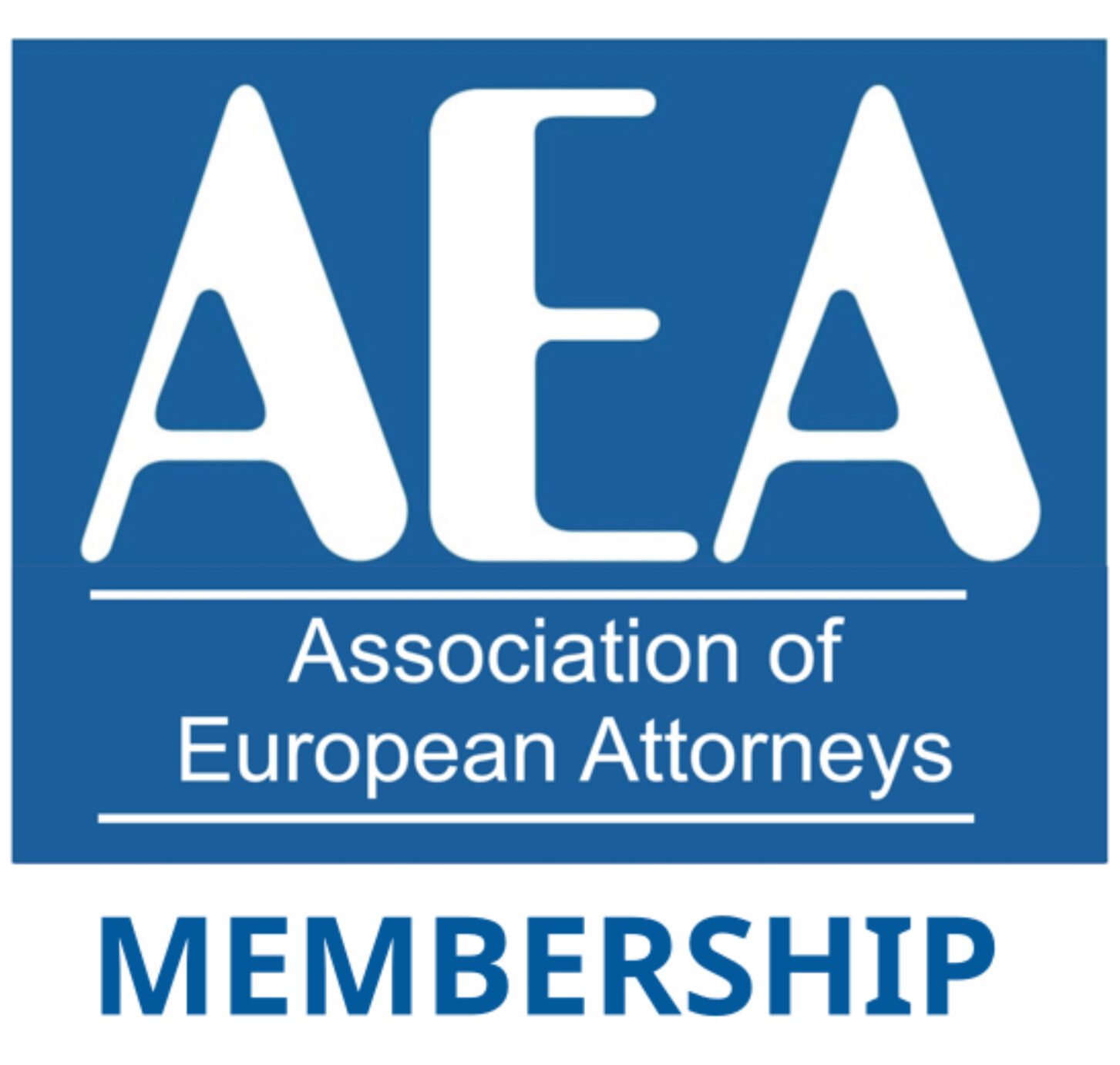When separating, mediation is the first tool used by legal professionals and the court requires it to be tried before legal proceedings, unless special circumstances such as abuse or violence have occurred.
The Ministry of Justice published a leaflet on 6 January 2016; its most recent publication on mediation since 2014. It is designed to help separating families understand what it is, the benefits and the process, in order to give people the knowledge they need to make an informed decision on what is best for their family after separation.
There are many benefits including; mediation being more cost efficient than lengthy court battles, less upsetting for children to see their parents co-operating, more control can be kept between the parties and more flexible arrangements that can be changed with agreement as the needs of the family change. Decisions and proposals arising from the mediation process, with regard to finances and/or child arrangements, can be set out in a Memorandum of Understanding (MOU) prepared by the mediator. Although this document in itself is not legally binding, the MOU can form the basis of a legally binding agreement after mediation which can be drawn up by a solicitor prior to being approved by the Court where required.
The leaflet also includes information about the process and explains the Mediation information and assessment meeting (MIAM) that takes place to establish if is suitable. Evidence that this meeting has taken place has to be given on the application to the Court (unless an exemption applies as detailed on the relevant application forms) and judges may delay proceedings if they know this has not occurred.
Those on low income can claim help with the costs of mediation, including a free MIAM and free sessions following that depending on the circumstances of the parties. Legal aid may also be available to help cover the costs of seeking legal advice to help with the process.











